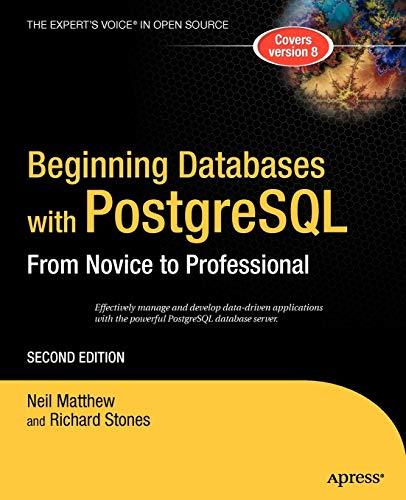Question
An ATM allows a customer to withdraw a maximum of $500 per day. If a customer withdraws more than $300, the service charge is 4%
An ATM allows a customer to withdraw a maximum of $500 per day. If a customer withdraws more than $300, the service charge is 4% of the amount over $300. If the customer does not have sufficient money in the account, the ATM informs the customer about the insufficient funds and gives the customer the option to withdraw the money for a service charge of $25.00. If there is no money in the account or if the account balance is negative, the ATM does not allow the customer to withdraw any money. If the amount to be withdrawn is greater than $500, the ATM informs the customer about the maximum amount that can be withdrawn. Write an algorithm that allows the customer to enter the amount to be withdrawn. The algorithm then checks the total amount in the account, dispenses the money to the customer, and debits the account by the amount withdrawn and the service charges, if any.
This is the problem from Algorithm Design 8 thread on the Chapter 1 Discussion Board. In order to implement the program, create a file called BalanceIn.txt where the account balance is stored. Your program should output the account balance before and after withdrawal and service charges. Also save the account balance after withdrawal in a file called BalanceOut.txt.
Step by Step Solution
There are 3 Steps involved in it
Step: 1

Get Instant Access to Expert-Tailored Solutions
See step-by-step solutions with expert insights and AI powered tools for academic success
Step: 2

Step: 3

Ace Your Homework with AI
Get the answers you need in no time with our AI-driven, step-by-step assistance
Get Started


